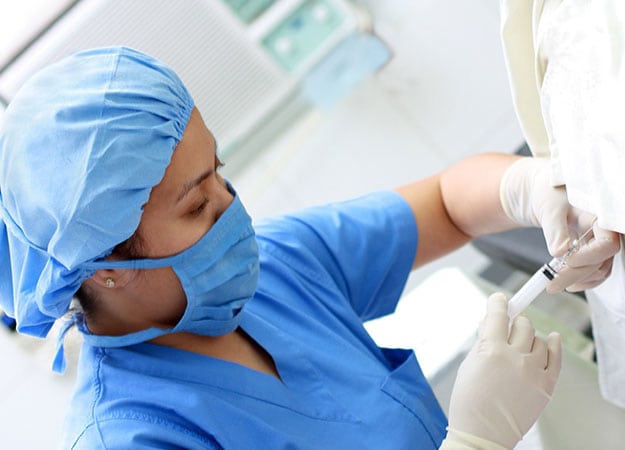
Hemorrhoids are bulging blood vessels typically discovered in or near the rectum or anus.
Hemorrhoids are common, and many people seek treatment for hemorrhoids. A recent study revealed that hemorrhoids are most prevalent in individuals under the age of 40. Stress also increases the risk of suffering hemorrhoids. Hemorrhoids may be discovered by visual or digital rectal examination.
- The pain associated with them ranges from mild to severe. However, hemorrhoid pain, discomfort, and bleeding during bowel movements can become debilitating and require surgery.
- A hemorrhoidectomy is a surgical intervention that treats severe or recurrent hemorrhoids.
When is a Hemorrhoidectomy Recommended?
Many symptoms associated with hemorrhoids are relieved by home remedies such as over the counter pain medication, hydrocortisone creams, replacing toilet paper with wet wipes, applying ice packs, thoroughly cleaning the area with warm water, eating foods high in fiber, or sitz baths. After home remedies, some hemorrhoids dissipate in a week. However, five percent of hemorrhoid cases require surgical intervention. Some of the procedures used to treat hemorrhoids include ligation, coagulation, stapled hemorrhoidoplexy and hemorrhoidectomy. A hemorrhoidectomy may be recommended when:
- Internal hemorrhoids persist after initial treatment
- There are very large hemorrhoids
- Internal and external hemorrhoids are present
- Hemorrhoids fail other treatments
- External hemorrhoids are large and significantly impede grooming


How is a Hemorrhoidectomy Performed?
A hemorrhoidectomy is an outpatient procedure performed with a scalpel, laser, or cautery pen. Anesthesia is administered to prepare the patient for the procedure. The anesthesia used may include general anesthesia, spinal anesthesia, or a combination of sedation and local anesthesia. The surgeon then makes an incision in tissue surrounding the hemorrhoid and locates the swollen vein inside. The swollen vein is tied to prevent bleeding and the hemorrhoid removed. The surgical area may be open or sewn shut after the procedure. It is then covered with medical gauze as the patient recovers. A strict aftercare treatment plan is required following the procedure.
Post-Hemorrhoidectomy Recovery
The surgeon provides detailed patient instructions for adequate healing post-hemorrhoidectomy. Patients may also receive a special fiber-rich diet as well as pain medication and numbing agents to aid with post-hemorrhoidectomy bowel movements. Antibiotics and stool softeners are often prescribed after the procedure to facilitate the healing. Patients should also be willing to change diet and bowel habits as recommended.
Although a hemorrhoidectomy is typically successful long-term, it may involve significant risks. Complications of this procedure include short-term pain, bleeding, difficulty emptying the bladder, and urinary tract infections. These complications usually resolve in the weeks following surgery. However, greater complications can occur including hematoma, incontinence, infection, fecal impaction, rectal prolapse, narrowing of the anal canal and reoccurrence of hemorrhoids. The speed of healing and magnitude of complications post-hemorrhoidectomy vary. Each patient’s aftercare plan and level of compliance with aftercare instructions is a determining factor in overall success. An estimated 95 of 100 hemorrhoidectomy patients experience elimination of hemorrhoids without reoccurrence.

